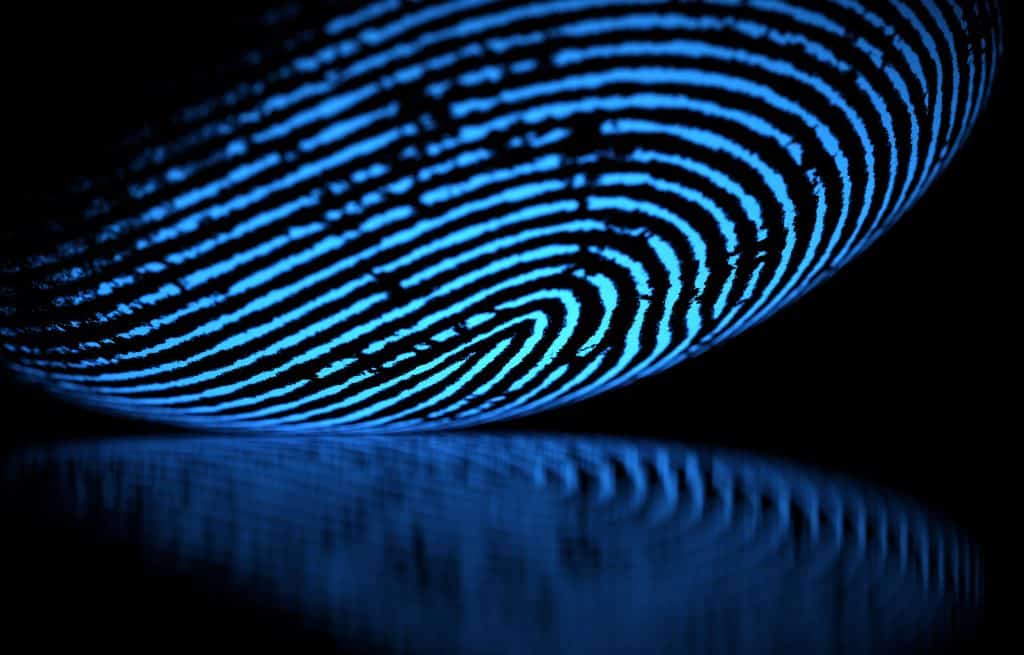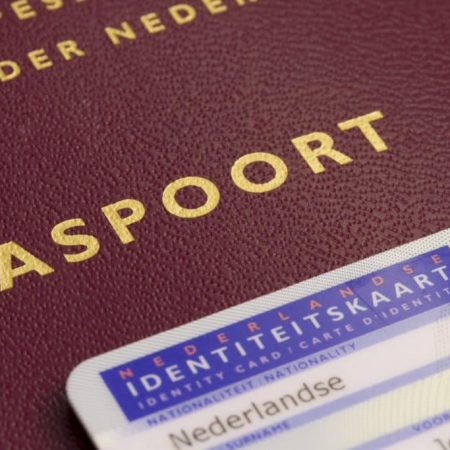AI innovates in forensic biometrics; finds not all fingerprints unique
An AI algorithm looked at multitudes of fingerprints in an uncommon way and reportedly learned that they are not as unique as they are assumed to be.
There’s a big but non-fatal caveat. Duplicate and near-duplicate prints occur on multiple fingers of an individual’s hand, which makes them matchable.
(For the time being, everyone has unique prints compared to others.)
Columbia University engineering researchers, at least some of whom had no experience in forensic biometrics, decided to use a deep contrastive network to see if all fingerprints are, indeed, unique. The research was led by an undergraduate who began the work as a first-year student.
They initially pointed the code at a NIST database of 60,000 fingerprints for intra-hand matching.
The algorithm’s accuracy for one pair of prints reached 77 percent, according to the team. With multiple prints, it peaked at 88 percent. That’s not a record that would convince a competent lawyer to use the technique in court, but as the university says of the work, it could lead investigators to prioritize leads to reach perhaps surprising results. Further, training the system on millions of fingerprints could dramatically improve its accuracy.
A forensics journal described by the university as “well-established” rejected the researchers’ paper, on grounds that the uniqueness of every fingerprint is already established. It has now been accepted by the journal Science Advances.
The biometric algorithm’s apparent method (it’s not obvious how it worked) differed from a hundred years of standard operating procedures. It paid attention to the curves and angles of swirls at the center of the print, known as “the singularity,” rather than the branching and end points of print ridges, or minutiae, used to date.
The results were similar across subjects of different races and genders. Next steps include analyzing data from a more diverse sample of people.







